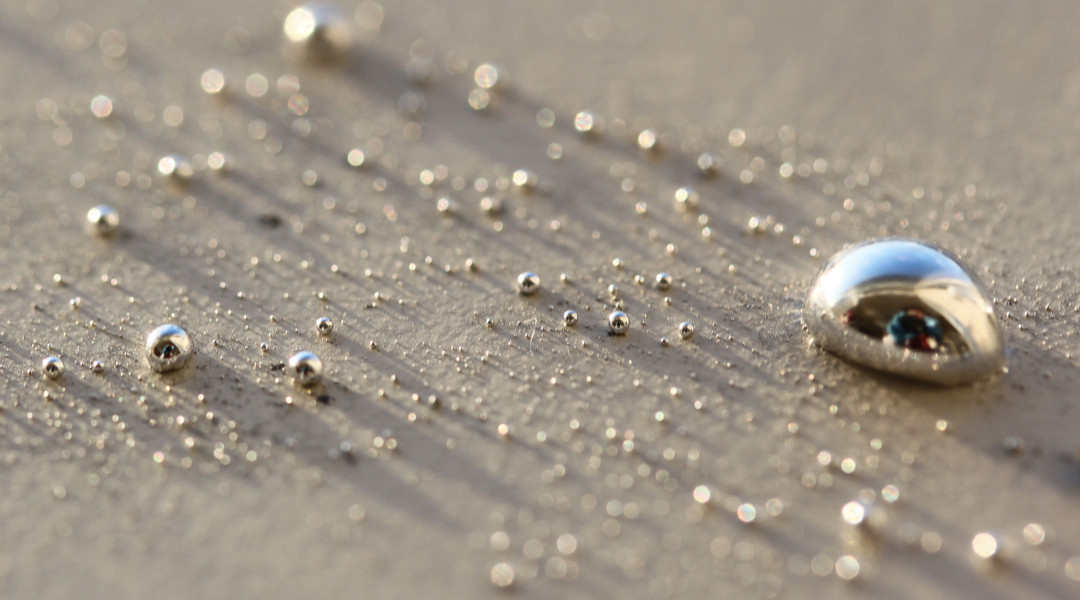Image credit: Taylor Neumann
Typically, if you want to make a stretchable, electrically conductive material you either have to take a solid metal and give it some geometrical means to stretch (think of a spring), or make a composite material that has particles of a conductive material embedded inside another stretchy material. However, neither of these approaches provide the combination of conductivity and stretchability provided by liquid metals, which appear to give a “best-of-both-worlds”.
Much of the early work using liquid metals focused on injecting the material into empty channels or tubing to make circuits. Direct patterning opens up the possibility of rapid prototyping and printing metal structures at room temperature in a way that is compatible with plastics, rubber, and even biological materials.
In the last decade, much research was done to the application of liquid metals. Gallium alloys were found to be promising for soft and stretchable electronics because they have metallic conductivity, yet act like liquids. However, that also makes them very difficult to pattern.
Professor Michael Dickey and Taylor Neumann have publised an overview of how to pattern soft and stretchable circuitry that can be just as complex as traditional metal wiring.
The community has been approaching this problem from two fronts. One side is forming a fundamental understanding of the material behavior, and the other is developing methods for patterning and fabricating devices. Improvements in the resolution are promising, along with the ability to print complex geometries on a wide range of substrates.
In lab environments, liquid metal patterning has been shown to be very reproducible, and features approaching 10 μm have been patterned. Next steps include demonstrating industrial applications. Another interesting and compelling next step is integrating this metal printing with polymer printing to create truly multifunctional printing.
“Liquid metals have a breadth of unique properties which make them highly valuable for future electronic devices, not just as stretchable circuitry but as sensors, energy harvesters, and electrodes as well”, says Neumann.
Reference: Taylor V. Neumann, Michael D. Dickey, ‘Liquid Metal Direct Write and 3D Printing: A Review.’ Advanced Materials Technologies (2020). DOI: 10.1002/admt.202000070
This review article was published in Advanced Materials Technologies in the Hall of Fame series — a series to celebrate the 5th anniversary of the journal.

















